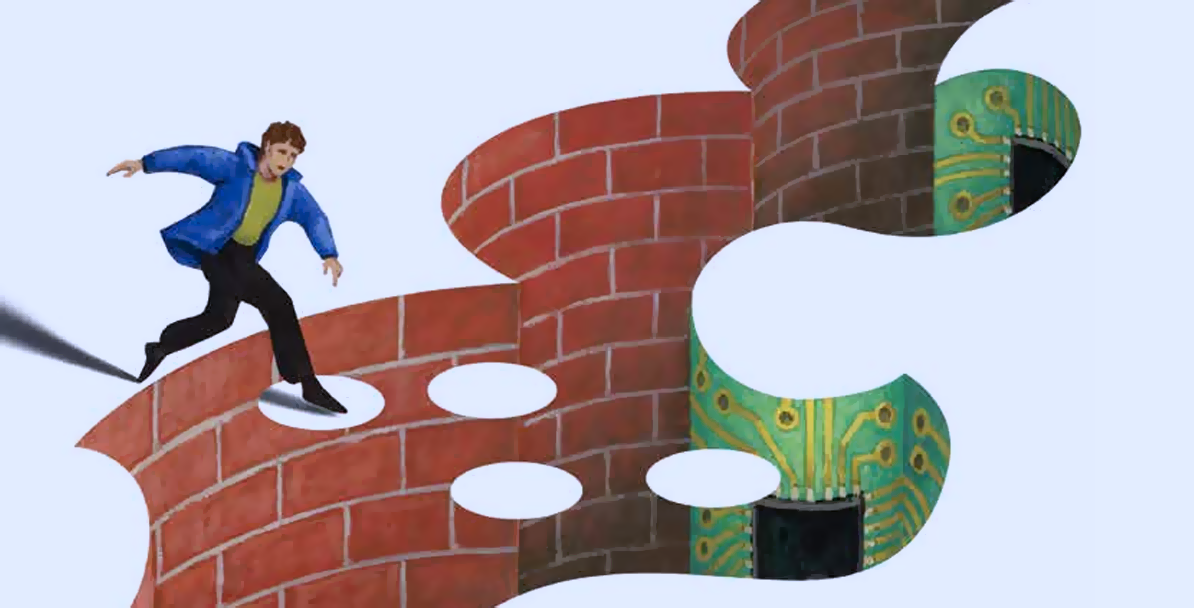In 2007, On Wisconsin interviewed several alumni who made their living speaking and writing about the future. Given that the future is the theme of the Spring 2023 issue of On Wisconsin, we went back to one of those futurists to discuss his current take on a list of predictions that ran in the 2007 article.
Bill Draves ’71 of the Learning Resource Network drew the predictions from his book Nine Shift: Work, Life, and Education in the 21st Century. Draves, who collaborates with his wife, Julie, says that they thought one or two of the predictions would be off base, but “we are surprised that from our perspective, all nine shifts are coming true.”
As far as what developments they missed predicting, Draves says, “We did not predict marijuana becoming legal. It was like, ‘Oh man, we should have caught that.’ “ In terms of other events, he adds, “We are a little averse to predicting death and destruction. We’re reluctant to predict another Great Depression. We didn’t predict the pandemic.”
Nevertheless, he says that the COVID pandemic put a number of the predictions into “high gear” — in particular his first two about more people working from home and virtual offices replacing physical ones. “Coming away from the pandemic, yeah, some people are going back to the office, but they’re going to go back home in five years, one year, 10 years — whatever — these shifts are not over,” he says. “They will continue to grow throughout the century [based on data we’re seeing].”
Draves concedes that not all of his forecasts are true for every country or region, but he believes that time is coming. For instance, his prediction that trains will replace cars is not as applicable to the United States, which is behind its peers in utilizing high-speed rail. But Draves points out that a train initiative recently passed by Congress (an infusion of $66 billion for Amtrak that is part of President Biden’s Bipartisan Infrastructure Law) will have an “enormous” impact.
“The location of the train station [in a city] is critical, and the surrounding area within a mile (walking distance) of that land is incredibly valuable. … Let’s say there’s a high-speed train that includes Eau Claire — you walk 10 minutes to the high-speed train, and you’re in Minneapolis before you know it.”
Draves maintains that when Amtrak brings a passenger train station to Madison (a potential location is currently under discussion), the university should secure a building near the station so it can host classes for people arriving by rail. And he makes another prediction: “If you can figure out where the train station’s going to be in Madison and you can buy a house or a lot within one mile of it, you will become a millionaire.”
Published in the Spring 2023 issue





Comments
No comments posted yet.